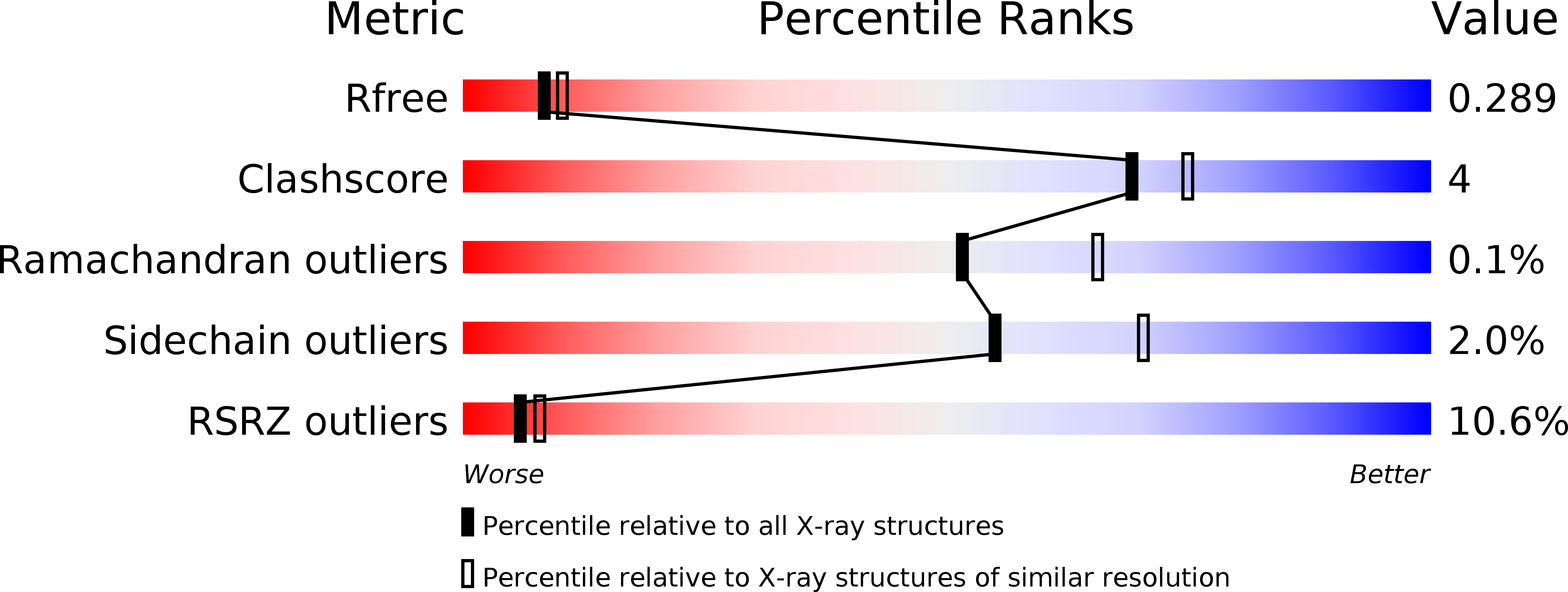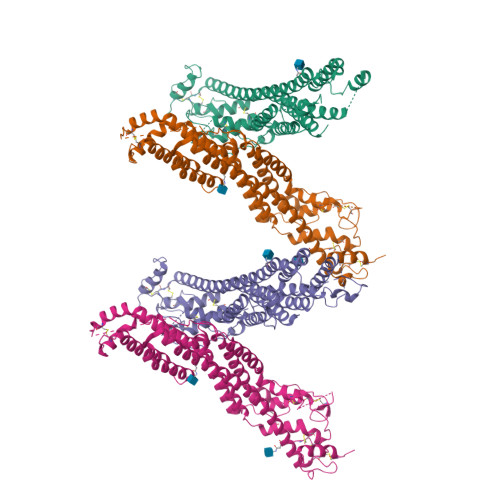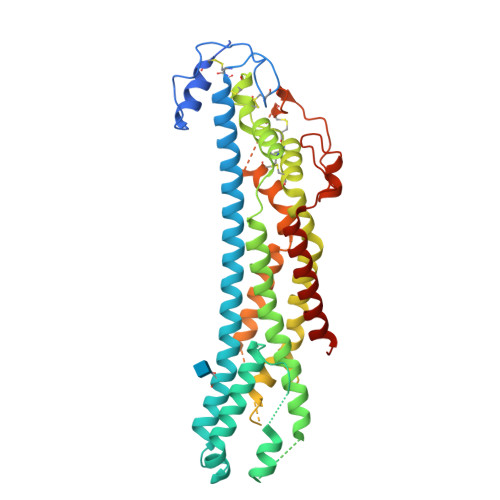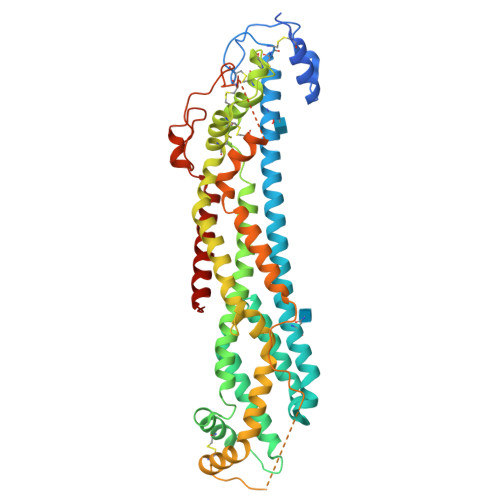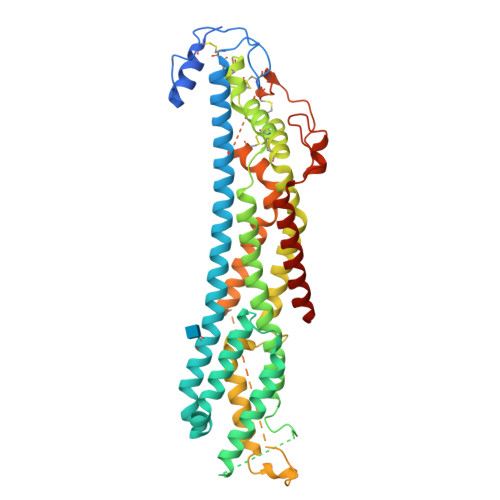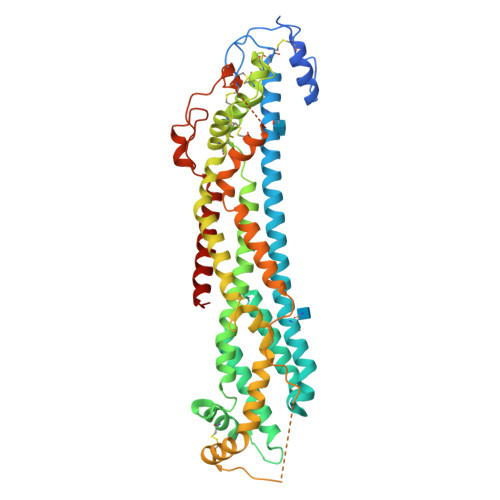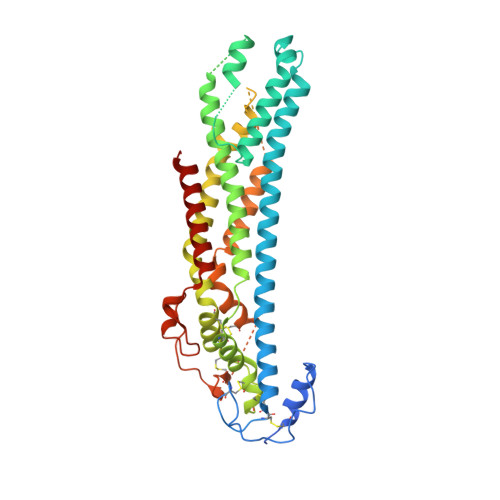Crystal Structure of N-Glycosylated Human Glypican-1 Core Protein: Structure of Two Loops Evolutionarily Conserved in Vertebrate Glypican-1.
Svensson, G., Awad, W., Hakansson, M., Mani, K., Logan, D.T.(2012) J Biological Chem 287: 14040
- PubMed: 22351761
- DOI: https://doi.org/10.1074/jbc.M111.322487
- Primary Citation of Related Structures:
4ACR, 4AD7 - PubMed Abstract:
Glypicans are a family of cell-surface proteoglycans that regulate Wnt, hedgehog, bone morphogenetic protein, and fibroblast growth factor signaling. Loss-of-function mutations in glypican core proteins and in glycosaminoglycan-synthesizing enzymes have revealed that glypican core proteins and their glycosaminoglycan chains are important in shaping animal development. Glypican core proteins consist of a stable α-helical domain containing 14 conserved Cys residues followed by a glycosaminoglycan attachment domain that becomes exclusively substituted with heparan sulfate (HS) and presumably adopts a random coil conformation. Removal of the α-helical domain results in almost exclusive addition of the glycosaminoglycan chondroitin sulfate, suggesting that factors in the α-helical domain promote assembly of HS. Glypican-1 is involved in brain development and is one of six members of the vertebrate family of glypicans. We expressed and crystallized N-glycosylated human glypican-1 lacking HS and N-glycosylated glypican-1 lacking the HS attachment domain. The crystal structure of glypican-1 was solved using crystals of selenomethionine-labeled glypican-1 core protein lacking the HS domain. No additional electron density was observed for crystals of glypican-1 containing the HS attachment domain, and CD spectra of the two protein species were highly similar. The crystal structure of N-glycosylated human glypican-1 core protein at 2.5 Å, the first crystal structure of a vertebrate glypican, reveals the complete disulfide bond arrangement of the conserved Cys residues, and it also extends the structural knowledge of glypicans for one α-helix and two long loops. Importantly, the loops are evolutionarily conserved in vertebrate glypican-1, and one of them is involved in glycosaminoglycan class determination.
Organizational Affiliation:
Department of Experimental Medical Science, Division of Neuroscience, Glycobiology Group, Lund University, Biomedical Center A13, SE-221 84 Lund, Sweden.







